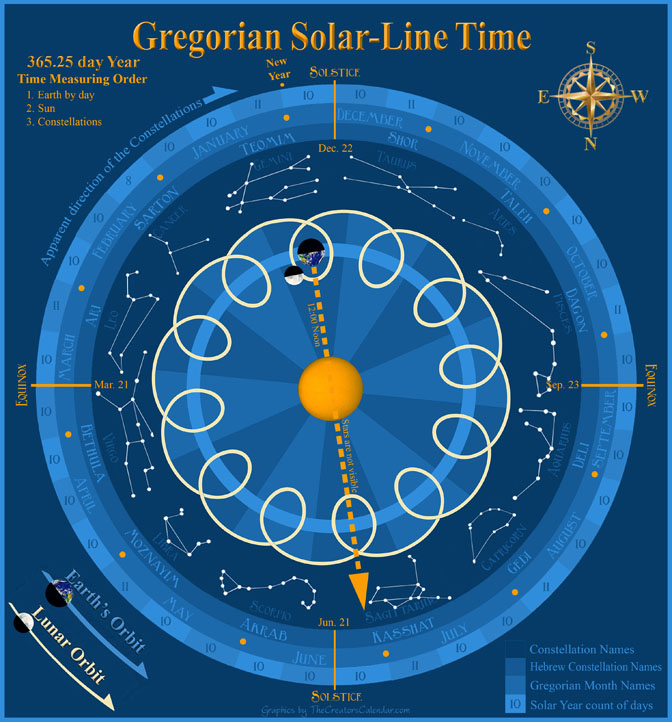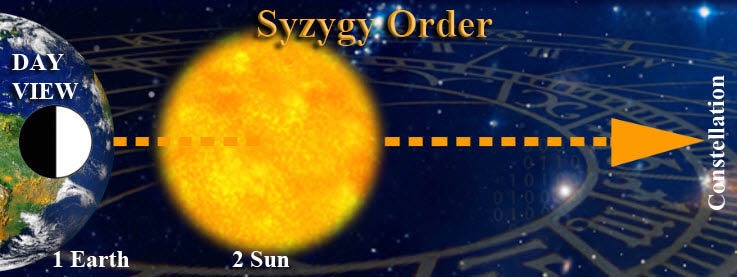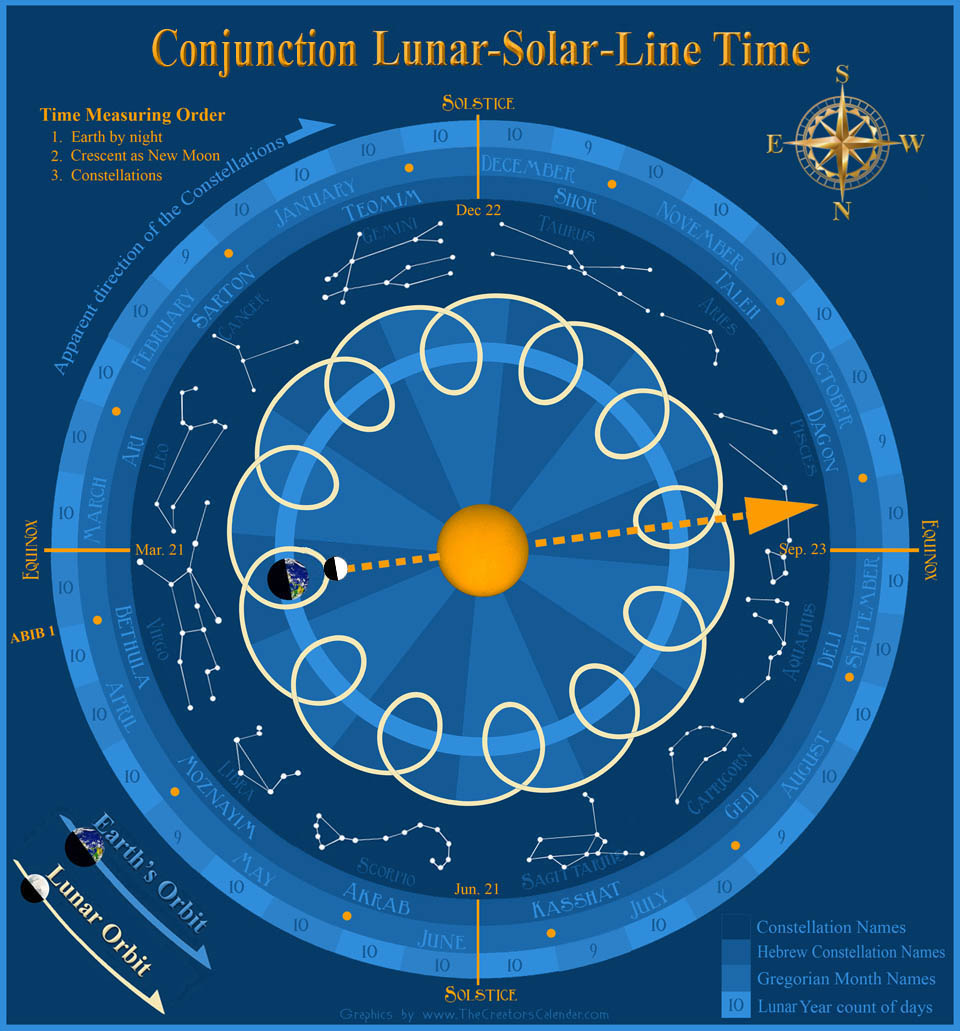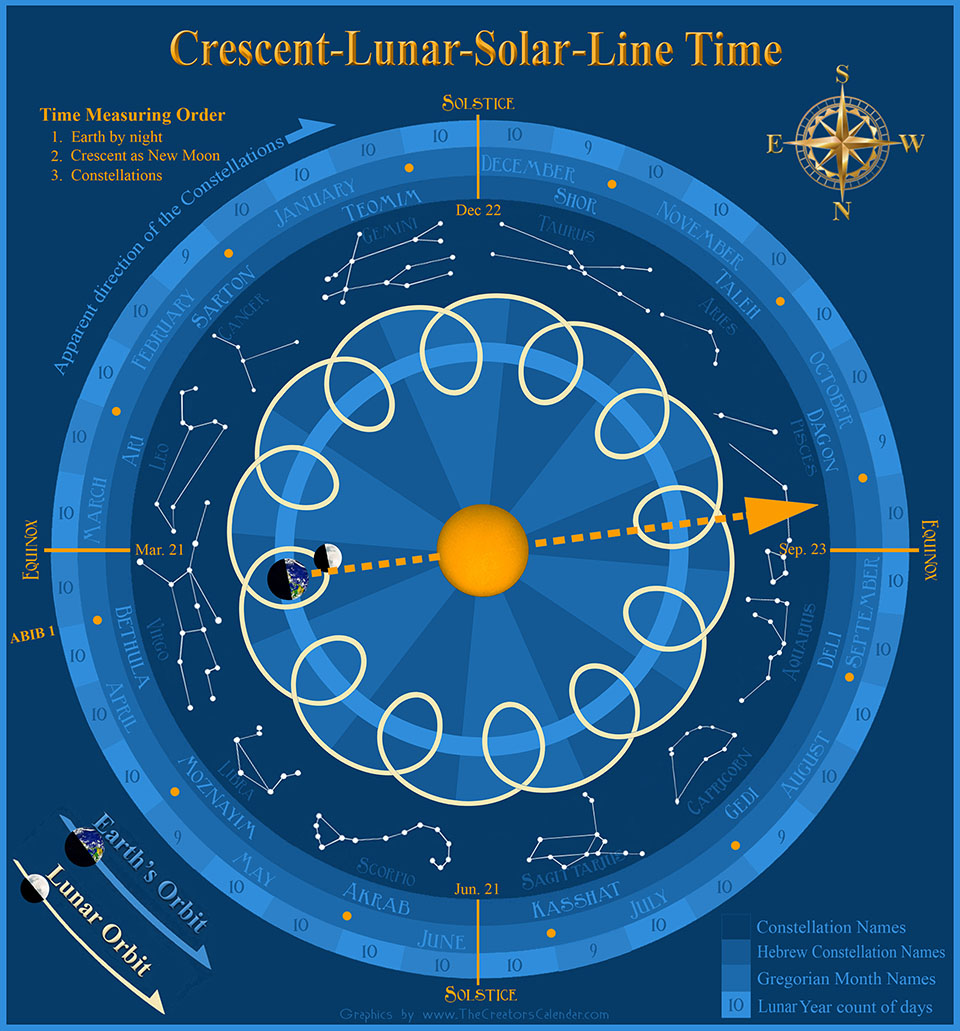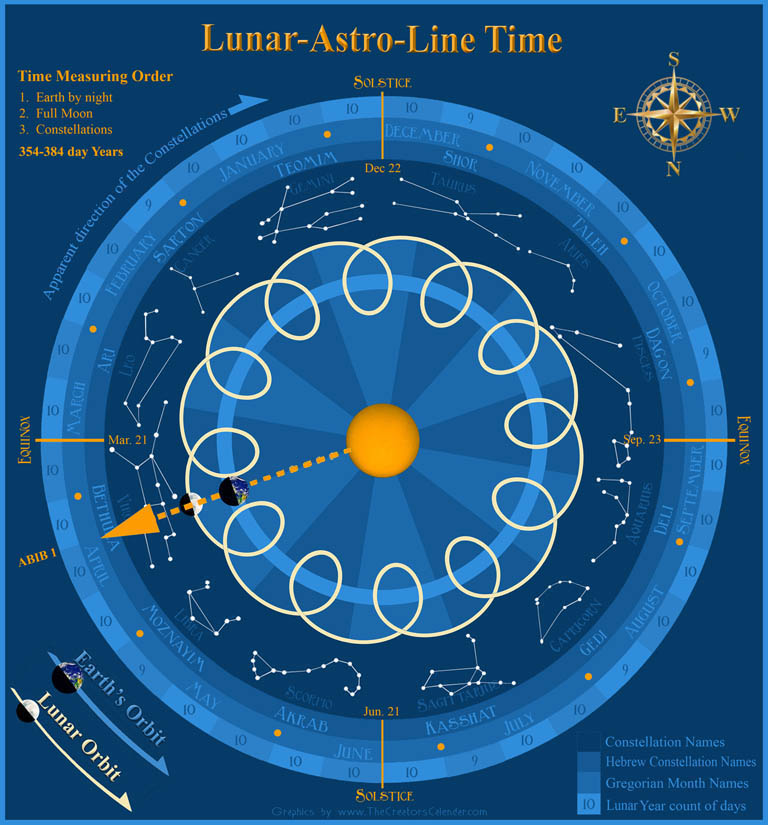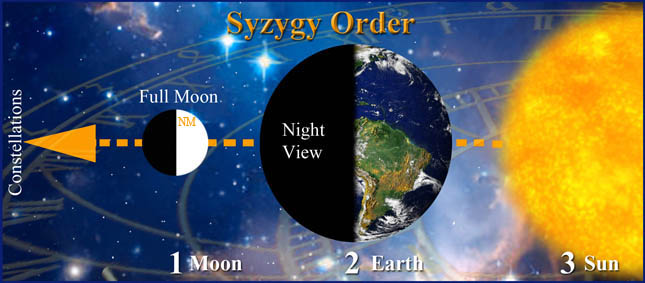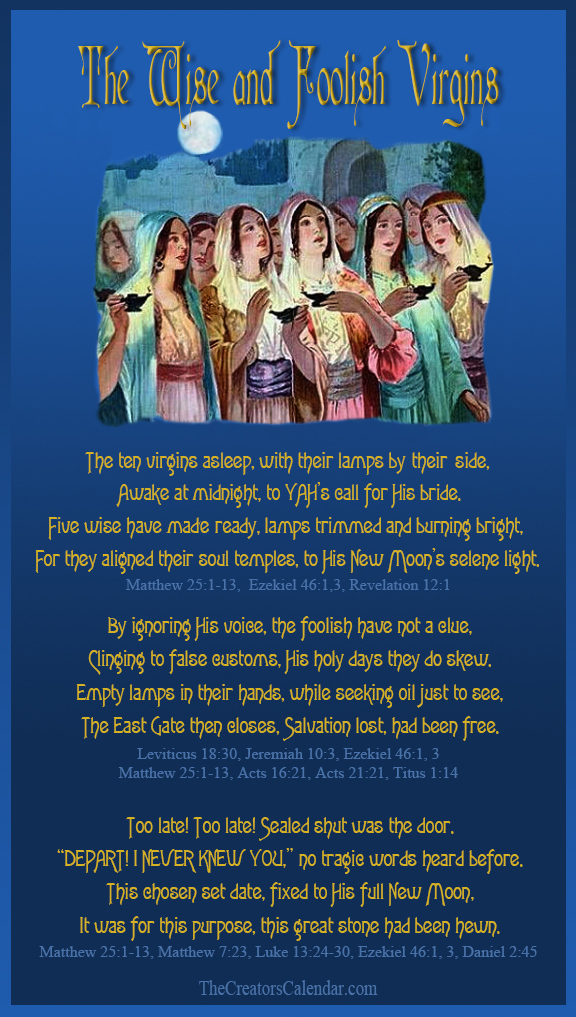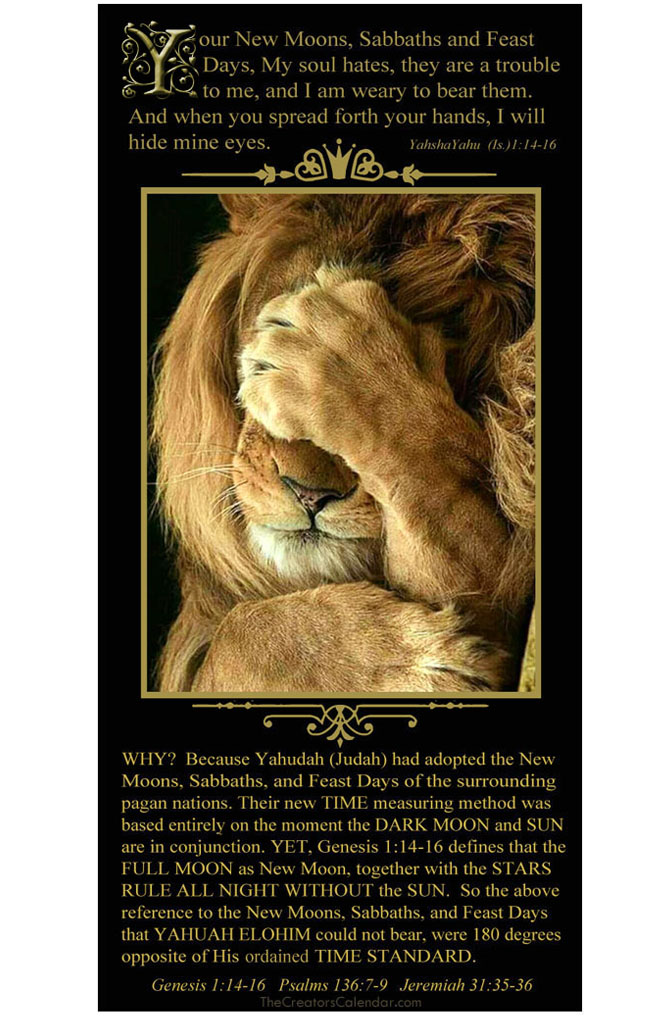The Creator’s Calendar Comparison Chart
The Creator’s Calendar
Comparison Chart
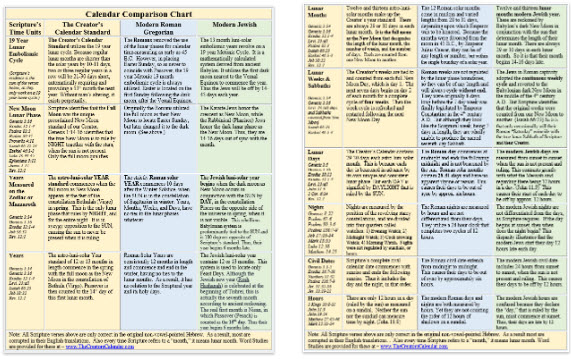
Come and explore the wonders of The Creator’s Calendar Comparison Chart, where you’ll embark on a journey to uncover the distinct characteristics of our Creator’s original time-measuring model. Join us in comparing it side-by-side with two other prominent nike liberty paisley air max for sale philippines – Tgkb5Shops PF – ‘Air Max 90 WW’ sneakers Nike calendar systems. Most often regarded as Biblically accurate, both the Rabbinical Jewish calendar and the Roman Gregorian calendar will be scrutinized against the backdrop of our Creator’s authentic and original Standard of Time Measuring.
Step into the World of the Creator’s Calendar Comparison Chart
Calendars, as we know, are more than just tools for measuring time; they are windows into the past, present, and future. Add to this what Scripture defines as kadosh (holy, sacred) days, and it becomes imperative that we utilize the original and authentic calendar of our Creator to locate these days correctly.
Before the last 1,700 years, civilizations around the globe relied on the sun, moon, and stars to mark the passage of time. Yet, as time progressed, each society developed its own unique method of timekeeping, diverging from the original Creator’s Calendar and from each other. In the comparison chart, you will discover the intricacies of how they chose their starting points to shape their years, months, weeks, and days.
The striking disparities outlined in the chart below showcase just how divergent modern calendar systems are from the Creator’s original standard and design. While each calendar model counts all the days of the months and years, they commence and conclude at differing points within the lunar and solar cycles.
This subject of time-measuring should be of the utmost interest to all who seek an eternal home and full restoration to their Creator and His Righteous Standard of Weights and Measures. If the method you have been currently using to locate holy days for worship is not in sync with the Creator’s ordained prescription, you will be celebrating them alone, meaning that He will not be in them. This would include the seventh-day Sabbath.
Revelation 13:3 tells us that “ALL THE WORLD WONDERED AFTER THE BEAST.” Might this verse include rightly dividing time? Only one calendar model, as illustrated below, presents the Sabbaths and other holy days correctly.
(Click on the chart to enlarge it and embark on a captivating exploration.)
 The Roman Gregorian Year
The Roman Gregorian Year
First, the Roman Julian and later Gregorian calendar Year were crafted strictly based on the solar cycle. Meaning for the first time in recorded history the moon was proactively removed from measuring time. Therefore, both of these were measured by the sun only, measuring the 360 degrees of the zodiac’s wheel of stars during daylight when the stars are not even visible. So because mankind cannot measure what is not visible when the sun is shining in the light of day, creative calculating had to occur.
(Click on the image to enlarge it.)
The witty human invention that marks the start of the Roman year is January Украина #161700734 , Класна футболка adidas розмір s , Женские кроссовки adidas asweego / 41.5f / 26cm — цена 1380 грн в каталоге Кроссовки ✓ Купить женские вещи по доступной цене на Шафе 1. It has no relation to the placement of the sun, moon, or stars, although it does occur approximately ten days following the winter solstice. The view from the earth through the sun marks the constellation of Sagittarius as the first constellation of this astro-solar year.
When the moon is utilized for time measuring it is in alignment with either the stars or sun. Notice in the image above that the moon is off to the side. This is illustrated to show that it has been wholly discarded and never utilized on any level to measure the years, months, weeks, or days on the Roman calendar except for locating Easter Sunday. As a result, at the start of any given year, the moon could be in any location and has no impact on measuring the Roman Gregorian calendar so popular around the world today.
This system does not produce a syzygy alignment (a three-part alignment of the sun, earth, and moon), all because the moon is not utilized. And while every unit of time was divorced from the moon by Julius Caesar as early as 45 B.C., even the days do not start and stop according to the requirements laid out in Scripture, determined to begin with sunrise as opposed to sunset or midnight. (Psalms 113:3, Lamentations 3:23, Genesis 8:22, Malachi 1:11, Psalms 110:3, Psalms 50:1-2, John 11:9, Genesis 1:14-16.)
The Rabbinical Pharisee Jewish Year
The Rabbinical Jewish year begins with a dark conjunction lunar phase that is honored as the New Moon and the start of lunar months when it is in alignment with the sun at sunset in the spring (March/April). Although invisible, it marks the constellations on the opposite side of the sun from the Earth. From there, they count to their ceremonial Feast Days beginning in the constellation of Pisces.
This first example illustrates the view from Earth is looking toward the sun by day on the day of a dark conjunction lunar phase. Occasionally, throughout the year, this alignment will produce a solar eclipse. This event is typified in Scripture on the 14th of Abib nearly 2,000 years ago, when Yahusha, the Messiah, hung on the cross/stake for you and me. Luke tells us that the sun was darkened from the sixth to the ninth hour in the longest solar eclipse known to mankind. Refer to The Sun was Darkened from the Sixth to the Ninth Hour.
This fact alone identifies the dark conjunction as a midmonth event. It is neither a light nor does it visibly rule from the east to the west together with the visible stars. Therefore not meeting the standard of Scripture.
(Click on the image to enlarge it.)
This second example illustrates the first visible crescent. While it reflects a small portion of light from the moon, as required in Scripture, it is only visible on the western horizon after sunset. It also does not meet Scripture’s requirement of beginning its rule in the East together with the stars.
The conjunction lunar phase alignment does create a syzygy order that includes the earth, dark moon, and sun, which points to their ruling constellation in that order, but not the crescent. Still, it is 180 degrees opposite the Genesis 1:14-16 model. This method of measuring lunar months by the dark conjunction or crescent was invented in ancient pagan Babylon in rebellion with the Most High Eternal Father. Ironically, both methods are also utilized among the pagans and in witchcraft today. Refer to the article Uncovered: Lunar Secrets from Ancient Babylon.
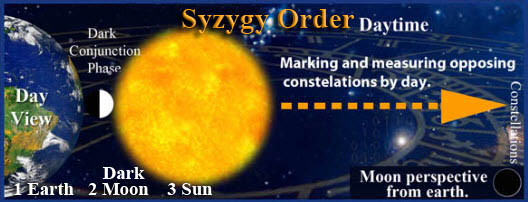
The Authentic Creator’s Calendar Year
The authentic and original Creator’s Calendar year model alone meets the B’resheet (Genesis) 1:14-16 criteria of the “sun ruling by day” but also the “moon ruling by night together with the stars.” There is only one lunar phase that meets this criteria, and that is the Full Moon. This means that the full moon by night was the ordained starting marker to identify which starry constellation was to rule for the entire month when they were both present and visible. This same full moon in the night sky announces that the New Year (Rosh Hashanah) and or new month will begin the following morning at sunrise. Note that while the sun is part of the time-measuring equation, it is neither present nor visible nor the predominant sign-marker for the start of years or lunar months. The sun’s primary focus is on measuring each daylight from sunrise to sunset and measuring each civil calendar date from one sunrise to the next. This may seem entirely skewed if one was taught that the day begins at sunset or midnight. For more on this subject, refer to Scripture Evidence for When the Day Begins.
(Click on the image to enlarge it.)
The sun shining on the full moon by night marks the ruling constellation one time each lunar month to announce the New Moon Day. This occurs along the ecliptic path of the wheel of the stars 12-13 times each lunar year. The syzygy alignment on that special night is of the sun, earth, and full moon, creating the perfect pointer to the first day of the next ruling constellation.
This sign was ordained at creation to be the sign-marker for the start of years and months. This model alone starts the year nearest the feet of Bethulah (Virgo), in the spring, by night, and in perfect harmony with Revelation 12:1. It can be at, under, or above her feet. Therefore, we utilize the start of the year when the full moon is nearest her feet but never so far under her feet that the moon marks the constellation of Libra. Revelation 12:1 depicts what occurs when the sun has set, and the full moon is visibly rising in the east with the sun’s full light upon the moon. Together, they rule the entire night along the east-west time continuum. Refer to the article “Behold a Great Sign Appeared in the Shamayim.”
Measuring Time With Opposing Criteria
Each calendar model presents its unique perspective in this fascinating realm of timekeeping, echoing the diverse tapestry of fallen human understanding. There’s a cautionary tale against intertwining with the zodiac in many Christian circles. Yet, intriguingly, Scripture refers to the Mazzaroth as the divinely appointed model for a measure of time, challenging our misconstrued paradigms. When the starting criteria, as outlined in Scripture, are overlooked, the celestial dance loses its sacred rhythm, and the bridegroom no longer dances with the bride. And confoundingly, those who claim to be the bride may not be at all. It beckons us to reconsider Genesis 1:14-16, inviting us to ponder the harmony of the cosmos orchestrated by our Creator.
As we delve deeper, the significance of calendar revisions emerges. The first two models predominantly lean on the sun as their guide, occasionally accompanied by the moon, yet they drift from the celestial symphony ordained by our Creator. As portrayed through the blueprint of His lunar appointed Feast Days of synchronized TIME & EVENT, his Plan of Salvation intricately weaves the full moon as the beacon for His lunar months and ruling constellations, a rhythm lost amidst human rebellion and revisions.
Our Creator’s lunar STANDARD for measuring time, weaving through years, months, weeks, and days, remains steadfast, guiding His faithful to worship on His appointed Kadosh days. These divine appointments persist, unaffected by human whims or disobedience, for the sun, moon, and stars bear the sovereign signature of the Creator alone. Despite mankind’s rebellious inventions, His preordained and authorized time-measuring model endures, inviting us to realign our hearts with His eternal rhythm.
In the grand tapestry of existence, only one calendar resonates with the heartbeat of eternity, synchronizing mankind with the worship schedule of the heavenly throne room. It transcends human concoctions, standing as the timeless beacon of divine order amidst the chaos of human inventions. As Yahuah declares in Isaiah 66:23, all flesh is called to worship before Him, beckoning us into His eternal dominion.
“And it shall be that from its abundance, New Moon by New Moon you shall keep; and from its abundance, Sabbath by Sabbath you shall keep. It [the full moon] shall lead all flesh to prostrate in worship, according to My chief corner [stone],” declares Yahuah.” Isaiah 66:23
Indeed, amidst the complexities of timekeeping, one truth remains unwavering: YAHUAH ALAHIM OF APPOINTED TIMES IS THE ETERNAL KING OF KINGS and CREATOR EXTRAORDINAIRE. In His boundless love, He extends an invitation to all to enter His eternal sanctuary. Yet, only through awakened hearts and receptive spirits may the Bride journey through the east gate of her Bridegroom’s ir jordan 3 whataburger custom Kadosh temple. It is there with souls synchronized that the rhythm commences, and together, they dance into eternity. HalleluYAH!
So teach us to number our days that we may gain a heart of wisdom. Tehilim (Psalms) 90:12
WHICH CALENDAR DOES THE ETERNAL FATHER HONOR?
1. Is it the Mayan calendar?
2. Babylonian calendar?
3. Roman calendar?
4. Modern Rabbinical Pharisee calendar?
5. NONE OF THE ABOVE?
May our Creator, Yahuah Alahim, the Most High Eternal Father, have mercy upon all who seek truth as for buried treasure. He has promised that He will complete what He has begun in us. (Romans 9:28). His great love and compassion sent forth His Son to redeem fallen mankind and restore them to His time-honored TORAH LAW, which includes HIS authentic astro-luni-solar CALENDAR STANDARD. Only in this way may we be fully restored and synchronized to His worship rhythms in preparation for His coming Kingdom.
“But when the fullness of the time was come, Alahim (God) sent forth his Son, made of a woman, made under the TORAH LAW, to redeem them that were under the TORAH LAW, that we might receive the adoption of sons.” Galatians 4:4-5
As these truths are being restored in these last days, might it be that they will play a predominant and vital role in the vetting of who shall enter in through the gates and be admitted to the Holy City, the New Yarushalom, and who shall not?
Articles air jordan 6 toro and Hebrew Word Studies Defining the Creator’s Authentic Units of Time
Amos Prophesied a Solar Eclipse to Occur at the Messiah’s Death
Sun Darkened from the Sixth to the Ninth Hour at Messiah’s Death
Restoring the Creator’s Calendar
New Moon by New Moon You Shall Keep
Five Historic Methods of Time-Measuring
Sabbath’s Consistent Lunar Monthly Dates
The Full Moon is First Among the Lunar Phases
Blow the New Moon Shofar on the Full Moon
When Will the New Moon and Sabbath be Past?
Sunrise or Sunset, When Will the Day Begin?
A Day in Genesis – (Genesis 1:1-5)

